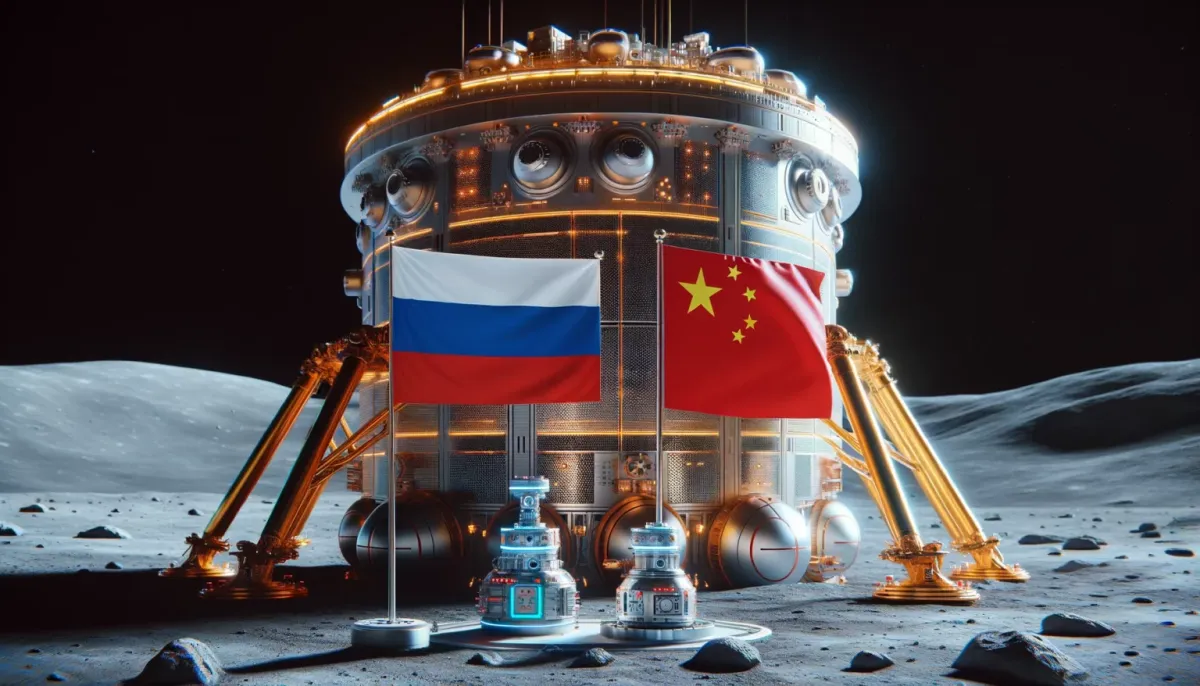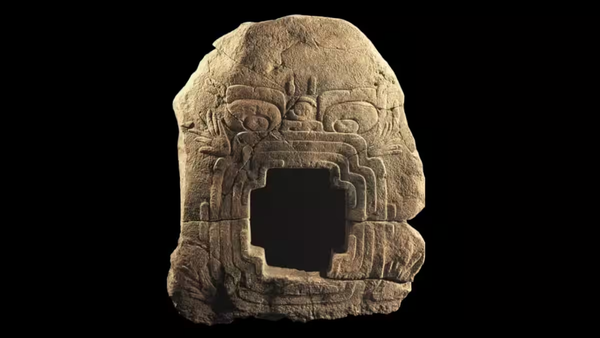Russia and China announce a plan to build a shared nuclear reactor on the moon by 2035, using robots instead of humans

Russia's space agency, Roscosmos, says they will team up with China to build a nuclear reactor on the moon by 2035. This reactor will provide power for a moon base that both countries plan to run together.
In 2021, Russia's space agency, Roscosmos, and China's space agency, CNSA, announced they intended to build a base on the moon together. They called it the International Lunar Research Station (ILRS) and said it would be open for any other countries and international partners who wanted to join.
However, NASA astronauts probably won't be allowed to visit this moon base. This is because of long-standing tensions with China's space agency, CNSA, and more recent issues with Russia's space agency, Roscosmos. Roscosmos plans to leave the International Space Station by 2025 because of U.S. sanctions over Russia's invasion of Ukraine in February 2022.
On Tuesday, March 5, Roscosmos announced that they will try to build a nuclear reactor with China's space agency, CNSA. This reactor could power the International Lunar Research Station (ILRS).
"Today we are seriously considering a project — somewhere at the turn of 2033-2035 — to deliver and install a power unit on the lunar surface together with our Chinese colleagues," Roscosmos director general Yury Borisov told state-owned Russian news site TASS.
Borisov said that building the reactor would be a tough job and will probably be done by robots, without any people. He also mentioned that they are almost ready with the technology needed to do it.
Thanks for visiting Our Secret House. Create your free account by signing up or log in to continue reading.





